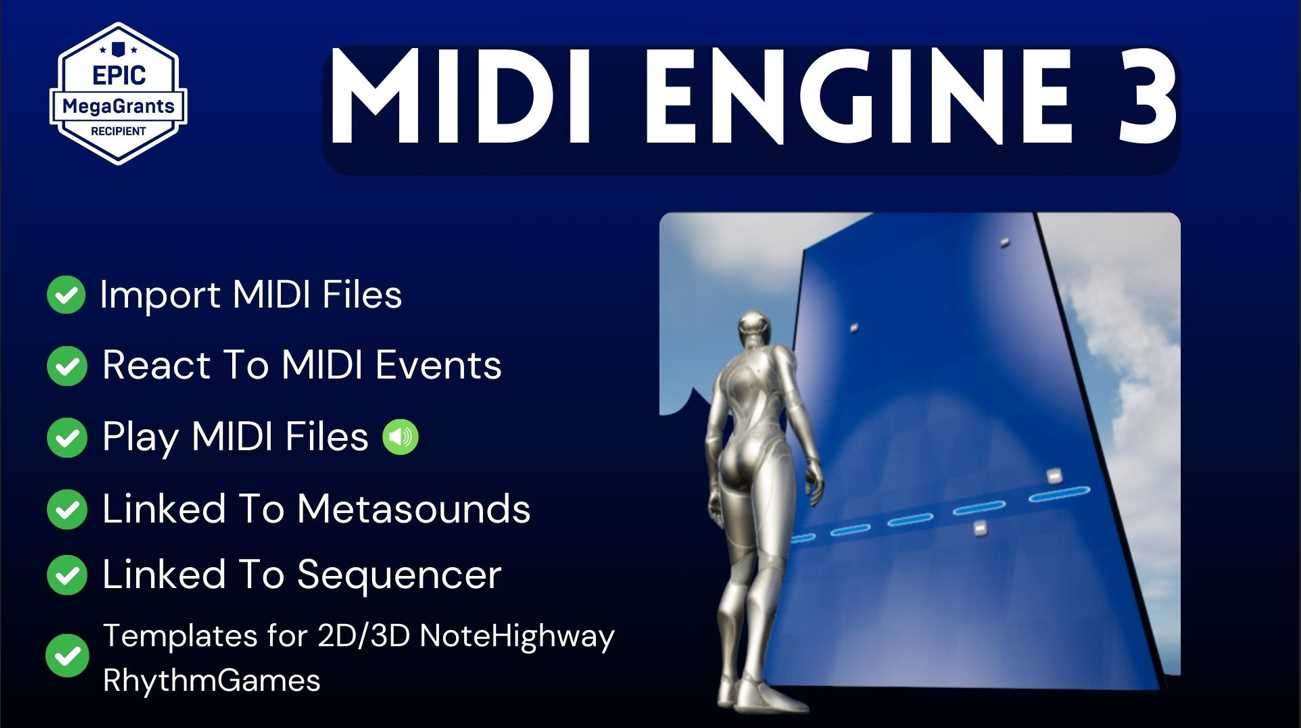This tutorial covers the basics of implementing projectiles or bullets in Unreal Engine, a common requirement for many game genres.
Understanding Projectile Mechanics
Projectiles in Unreal Engine are actors that emulate the behavior of various fast-moving objects, such as bullets, arrows, or magical spells. These elements are pivotal in games, providing realistic physics for movement and collision detection.
Detailed Steps for Creating Projectiles
Here is a few steps to follow. It may also help to watch the tutorial video below these steps.
Setting Up the Projectile Actor:
- Create a new Actor class, naming it
Projectile. - Add a mesh component to visually represent the projectile, such as a bullet or arrow model.
- Create a new Actor class, naming it
Adding Movement to Your Projectile:
- Add a Projectile Movement Component to your projectile actor. This component is crucial for handling the dynamics of projectile motion.
- Important settings to consider:
- Initial Speed: Determines how fast the projectile moves when spawned.
- Max Speed: Sets the top speed of the projectile.
- Gravity Scale: Adjusts how gravity affects the projectile.
- Bounce: Adjust this if you want your projectile to bounce/collide upon impact.
- Initial Speed: Determines how fast the projectile moves when spawned.
- Add a Projectile Movement Component to your projectile actor. This component is crucial for handling the dynamics of projectile motion.
Configuring Collision:
- Enable collision on your projectile mesh to detect when it hits something.
- Set up the collision responses to define what happens on impact.
- Key settings include:
- Collision Presets: Select appropriate presets for your projectile.
- Collision Presets: Select appropriate presets for your projectile.
Launching the Projectile:
- Use
Spawn Actor from Classto create your projectile in the game. - Position and orient it correctly based on your shooting entity
- Use
Adding Visual and Audio Effects:
- Implement particle systems for visual effects like trails or explosion on impact.
- Add sound effects to enhance the projectile’s realism and impact.
- Implement particle systems for visual effects like trails or explosion on impact.
Defining Projectile Behavior on Impact:
- Use Blueprints or C++ to set up what happens when the projectile hits a target or surface.
- Ensure proper handling of the projectile’s lifecycle, either destroying it or reusing it through object pooling.
- Use Blueprints or C++ to set up what happens when the projectile hits a target or surface.
Conclusion
By following these steps, you can effectively create and manage projectiles in your Unreal Engine game, adding a crucial element of interactivity and realism. Keep experimenting with different settings and behaviors to find what works best for your game’s design. Also consider checking out our plugins below, joining our discord and subscribing on youtube.

